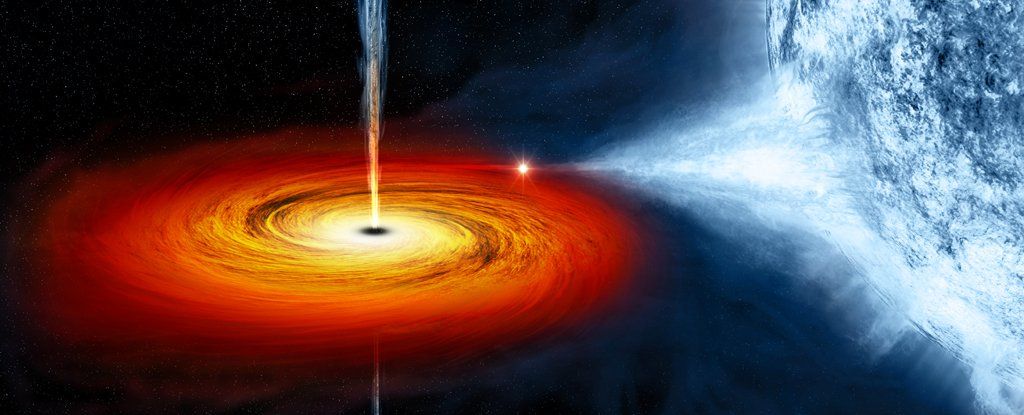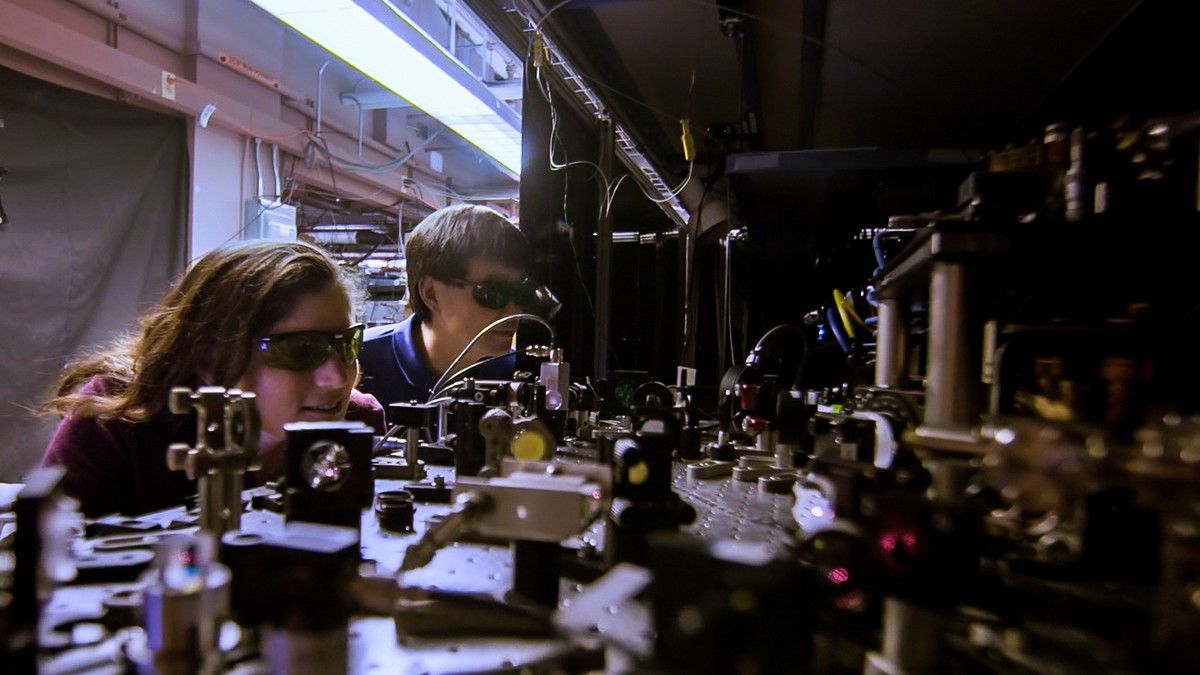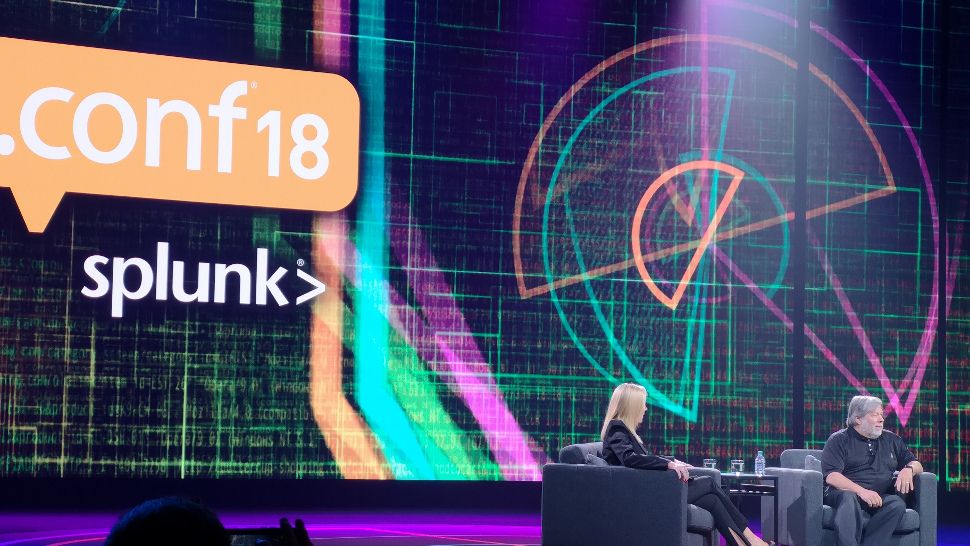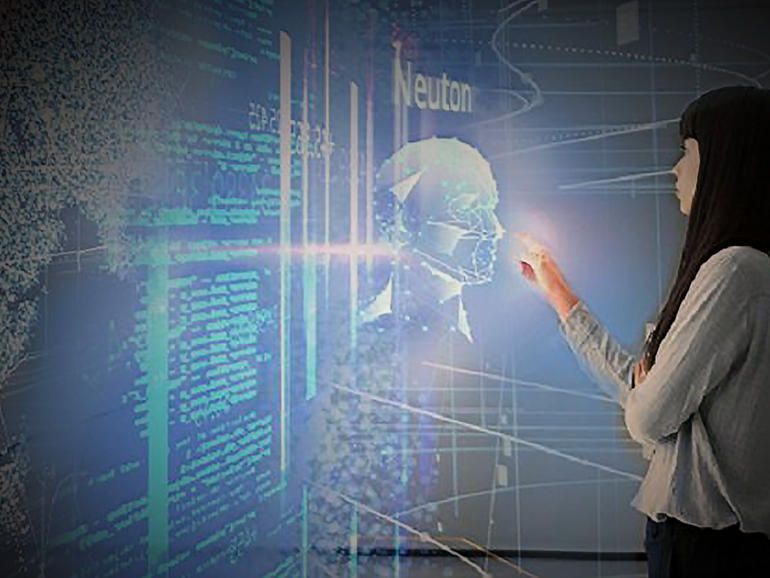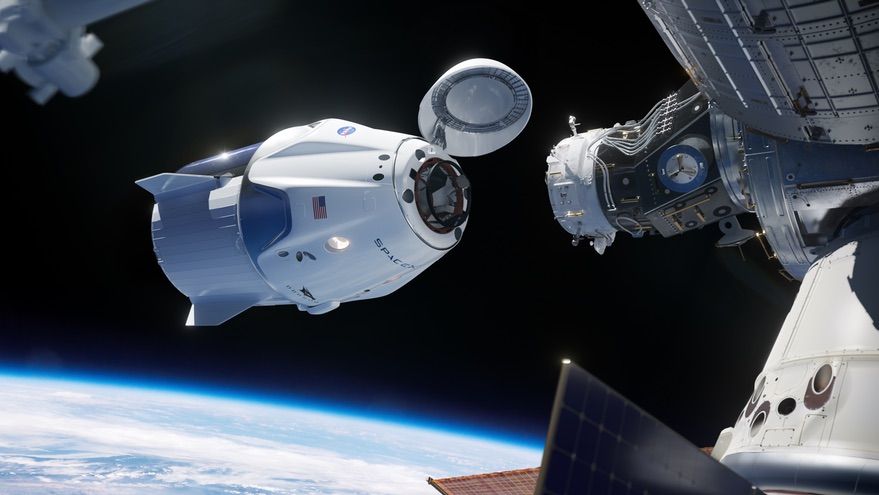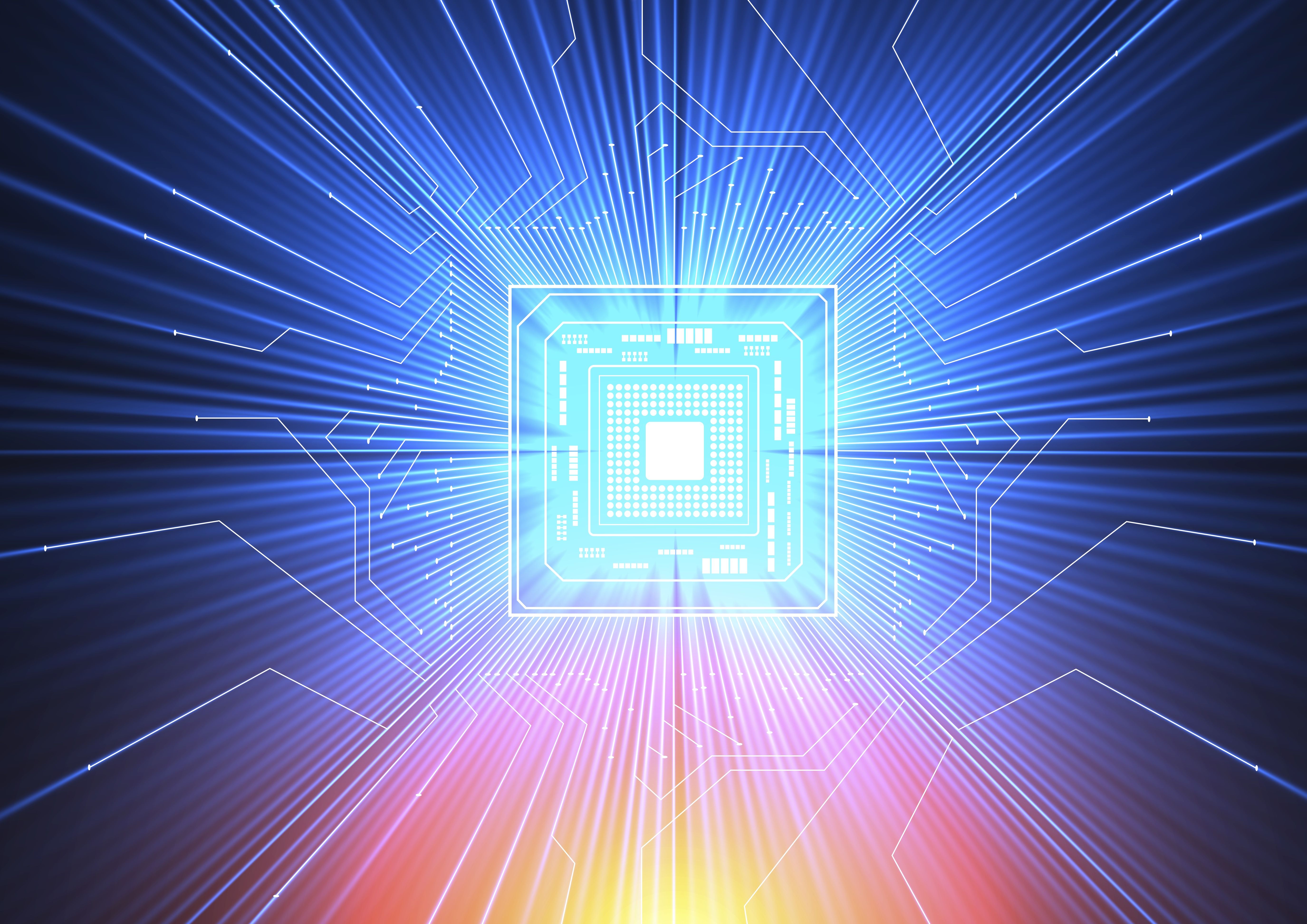By Christian Jarrett. The cognitive benefits of brief exercise seem to be due to how it makes us feel more energetic.
Matter ejected from a spinning disc of doom surrounding a black hole a mere 15,000 light years away has produced some of the most energetic rays of light ever witnessed from an object of its kind.
The insanely powerful photons of gamma radiation were produced by a never-before-seen phenomenon surrounding a miniature quasar. The discovery could help us better understand what goes on deep in the chaotic heart of the Milky Way.
SS 433 is a smaller version of the kinds of maelstrom of death you’d find lurking at the core of most galaxies. It’s also in our neighbourhood, more or less, making it relatively easy to study.
BREMEN, Germany — A SpaceX executive said Oct. 3 that the company’s first commercial crew test flight could be delayed until early 2019 because of paperwork issues.
In a speech at the 69th International Astronautical Congress here, Hans Koenigsmann, vice president of build and flight reliability for SpaceX, said launching an uncrewed test flight before the end of the year will be a “close call” even though the hardware itself should be ready.
“We’re working hard to get this done this year,” he said. “The hardware might be ready, but we might still have to do some paperwork on the certification side of it. It’s going to be a close call whether we fly this year or not.”
General interest.
IBM researchers are developing a new computer architecture, better equipped to handle increased data loads from artificial intelligence. Their designs draw on concepts from the human brain and significantly outperform conventional computers in comparative studies. They report on their recent findings in the Journal of Applied Physics.
Today’s computers are built on the von Neumann architecture, developed in the 1940s. Von Neumann computing systems feature a central processer that executes logic and arithmetic, a memory unit, storage, and input and output devices. Unlike the stovepipe components in conventional computers, the authors propose that brain-inspired computers could have coexisting processing and memory units.
Abu Sebastian, an author on the paper, explained that executing certain computational tasks in the computer’s memory would increase the system’s efficiency and save energy.

